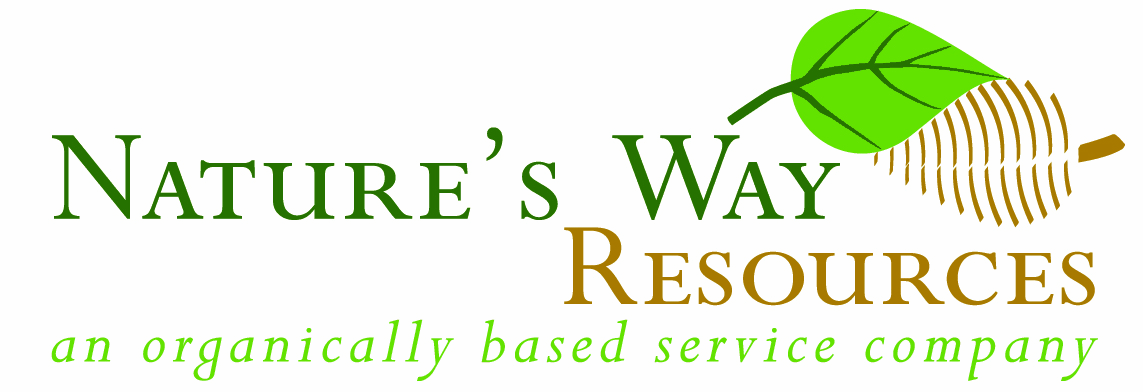
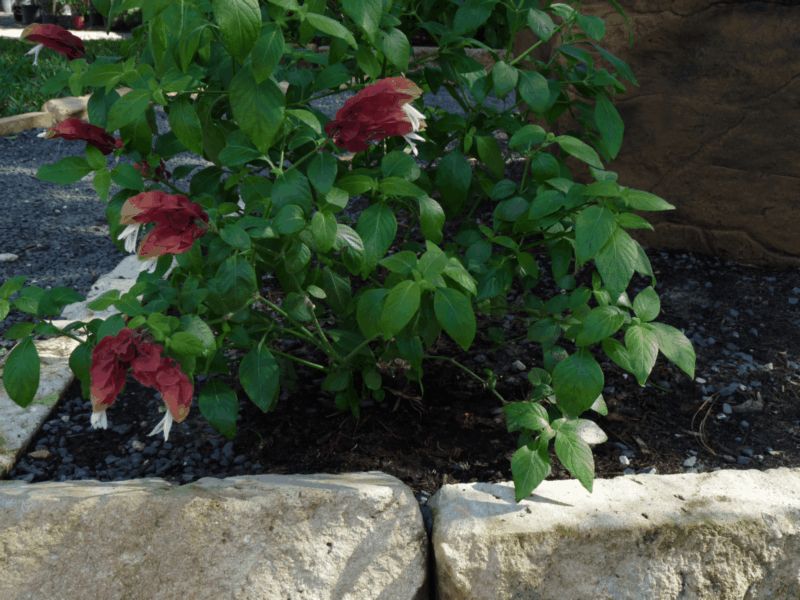
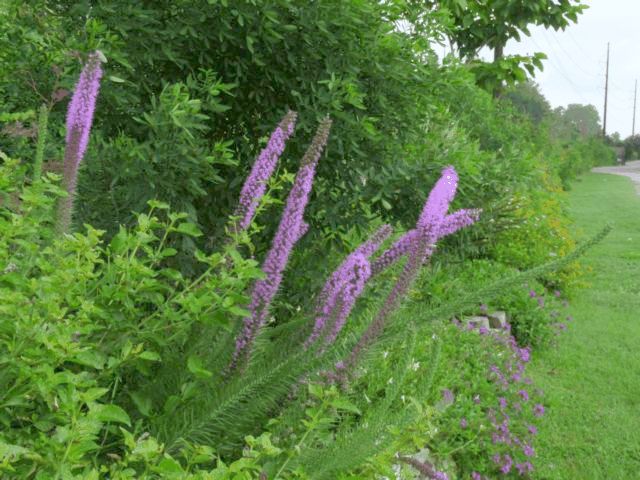
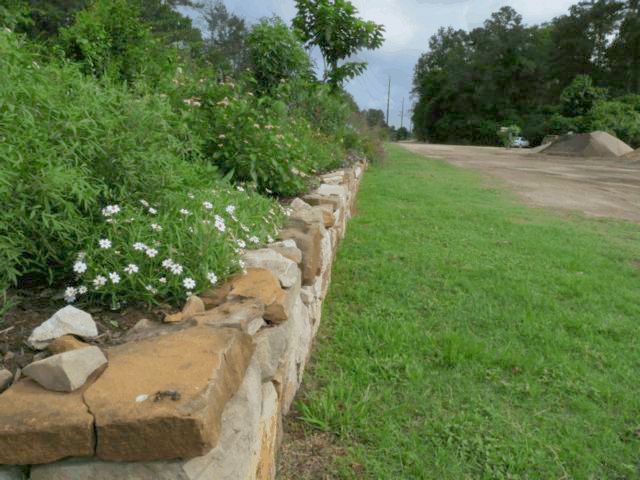
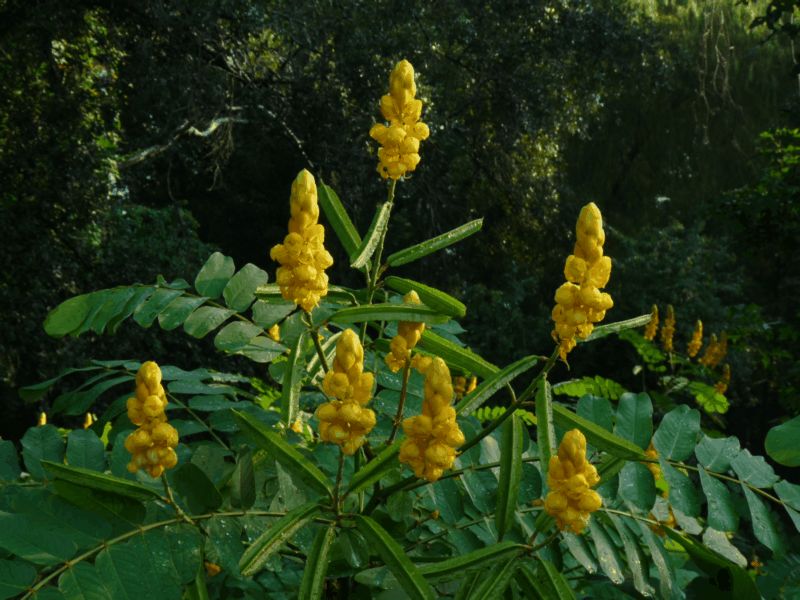
Colored Mulch
Colored or dyed mulch is a product that comes in many forms and has evolved and changed a lot over the last few years. Many of the early problems have been overcome, however it is still a special purpose mulch, with limited uses, and must be used correctly or it may result in stunted plant growth coupled with increased insect and disease problems.
Production:
Colored mulches are made by grinding up some form of dry wood waste into chips and then dying them with a water based solution. For the dyes (colorants) to stick to the wood it has to be dry and some form of chemical binder needs to be used to help the dye stick to the wood.
History:
Colored or dyed mulch entered the market several years ago and created many problems for consumers. The inexpensive early dyes often contained toxic heavy metals and other contaminates in the colorants. The natural or organic dyes were far more expensive and hard to find as they did not work as well, faded quickly and became unsightly. Many of these problems have now been solved but risks remain.
Drawbacks:
Colorant tends to wash off, often stains driveways and sidewalks, and often contains algaecides and fungicides to retard decay and make the color last longer. Colored mulch is not widely available but availability is improving. The colored mulches with organic dyes are more expensive than the cheaper toxic chemical older types of dyes. Colored mulches do not support the types and variety of beneficial microbes required for healthy plants as other organic mulches such as a good native mulch or compost. They often have chemicals in them that kill good microbes.
To absorb the dye the mulch has to be made from fresh dry wood. This may be unused construction wood scraps, mill waste or old pallets. Some vendors grind up and use the hazardous CCA treated wood so the colored mulch may be an unwanted source of arsenic (studies in Florida have found levels of arsenic in colored mulches to exceed Federal safety limits in over 75% of the samples tested).
The preservatives used in the colorant may also inhibit the growth of many beneficial soil microbes that prevent disease in plants. The dry wood waste and old pallets also have a very high Carbon to Nitrogen ratio (C:N>200) hence if supplemental nitrogen is not added, it may cause a nitrogen tie-up in the soil. Healthy fertile soil has a C:N ratio of only 30:1 hence nitrogen is pulled from the soil as microbes try to break down and decompose the colored mulch. This often results in poor plant growth with increased disease and insect problems.If old pallets were ground up the colored mulch may contain dangerous chemicals depending on what the pallets were used for. The colored dyes are often used to mask or hide the grayish color associated with recycled C&D waste wood.
Researchers at Penn State have found that Artillery Fungus is attracted to and often grows on colored mulch made from old pallets. Artillery fungus causes black spots on the sides of houses, cars and other structures that are very difficult to remove. Some colorants will delay the onset of Artillery fungus.
Mulch from the type of wood required often becomes hydrophobic when dry and will not absorb water easily, hence plants dry out and become stressed and even die.
The vendors of some colored mulches use powdered dyes. Powders quickly rub or wear off and the customer is left with an ugly mess. These are more commonly found in the cheaper colored mulches. Dust from the powdered dyes are easily inhaled causing respiratory irritation.
Colorants are expensive and if the vendor does not use enough colorant, then the color will quickly fade and look very unsightly. In the best cases the colorants only last one year and less in warm humid climates.
Black colorant such as carbon black may be made by the incomplete combustion of petroleum products (possible carcinogenic to humans and short-term exposure to high concentrations of the carbon black dust may produce discomfort to the upper respiratory tract, through mechanical irritation). Higher temperatures increase the release of chemicals into the environment (black colors absorb more energy from sunlight hence have a higher surface temperature). Also nitrates (i.e. synthetic fertilizers) also increase the breakdown and release of toxic chemicals.
Natural carbon black from vegetable origin is used as a food coloring (in Europe it is known as additive E153) also carbon black (PBL-7) is the name of a common black pigment traditionally produced from charring organic materials such as wood or bone. Ask the mulch vendor for a MSDS sheet to be sure which one is used.
Blue, green, and yellow are other colors that are available. Very little information of how or what they are made from has been published and no MSDS reports were found except for one yellow colorant made from basically an hydrogenated iron oxide compound that is relatively safe. A lack of published information is a clue that the manufacturers of the chemicals do not want the customer to know what is in them.
Advantages:
Many of the new dyes are natural, such as iron oxide for a red color or carbon black to get a black color. Iron is a plant nutrient and the red mulch will provide small amounts of iron as it breaks down.
The new water soluble spreader stickers are biodegradable hence many of the earlier problems can be avoided. These are similar to the ones used to help compost tea, seaweed and fish emulsions stick to plants when applied.
The colored mulches can be very attractive when used in the correct setting and the proper manner.- Green mulches have been used on concrete floors to protect horses and other animals for rodeos and livestock shows.
- Black mulches have been used to absorb energy from the sun (heat up) to warm animal pens.
- Colored mulches can be used on pathways where one does not want plants to grow as they are slower to breakdown compared to more natural mulches. The negative effects also reduce weed growth.
- They can be used to accent the color of flowers planted adjacent to the pathways (e.g. greenish gray or soft green mulch will make the yellow flowers of daylilies stand out).
- Colored mulches can give the "look" of redwood mulch and their use helps the environment since valuable redwood trees are not destroyed IF they are produced and used properly.
- They can be used on the floor at trade shows or exhibits and similar uses for display purposes and can be very attractive when used in this manner.
- They can be used to cover a bare area in a town home or other small space where a flowerbed is not wanted and then set potted plants or patio furniture on.
- They are light weight as compared to other mulches hence easy to move, handle and apply.
- They are often available in bagged form for convenience.
- They are offered in various colors and used for its aesthetic appeal.
- They may be used for the reflective properties similar to colored plastic for some plants.
- They are made from recycled materials and a good use of material that would have been burned or dumped using up valuable landfill space.
Correct Usage:
IF one chooses to use colored mulch for flower beds, only a thin layer of colored mulch should be used (½ -1" thick) over a 2-3 inch thick layer of good compost or native mulch. The layer of compost or native mulch acts as a buffer minimizing the negative effects of the raw wood. The good mulch layer gives the soil and plants the health benefits they require and the colored mulch gives the aesthetic look one may want.
A possible use for colored mulch is for their reflective properties but no controlled studies have been found (a future research topic). What we have learned is that red plastic has been found to increase yields (12-20%) and sweetness of tomatoes when compared to other colors. In strawberries with red plastic they ripen more quickly, emit a stronger aroma (90% increases in aromatic compounds than black plastic), were almost 20% larger, have higher sugar and organic acid concentrations as compared to black plastic mulch. However, shallow root systems are often created by all plastic and during drought periods the plants may not survive the stress. Other drawbacks are the same as clear or black plastic. Colored wood mulches might give the same benefits without the negative effects. As research into mulches continues we will get better answers in the future.
Summary: As in all products both the quality and price will vary for colored mulches. The old saying holds true "One gets what one pays for." If one wishes to use colored mulches it is best to only buy from a reputable vendor and use correctly.